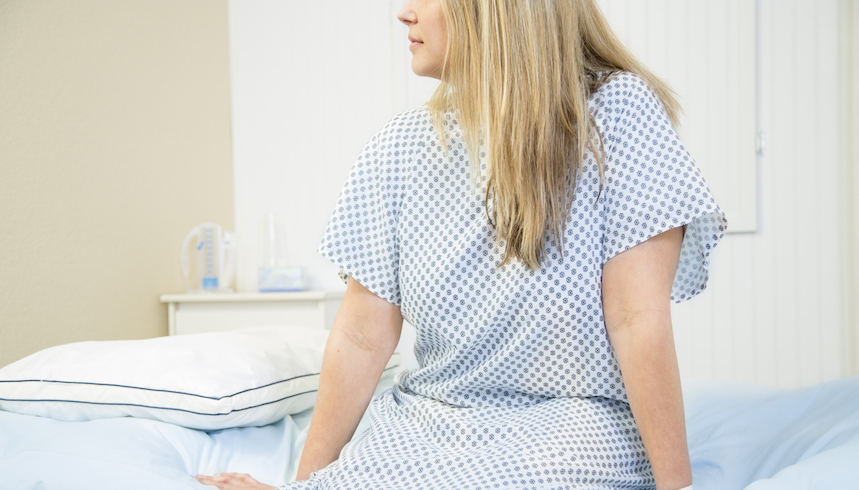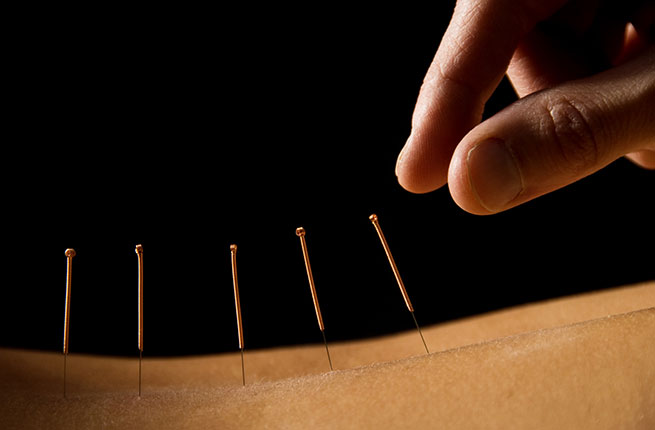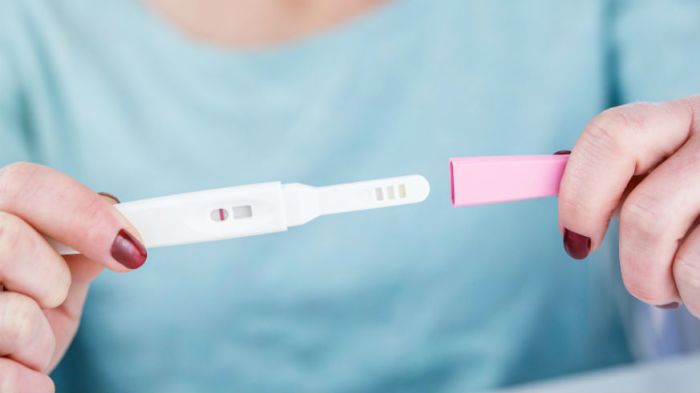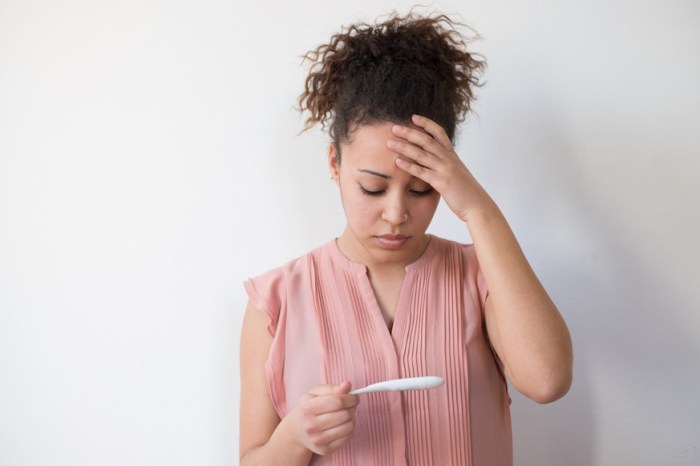Chances are, if you’re a woman who has had trouble conceiving, you’ve talked to your doctor and been tested for polycystic ovary syndrome (PCOS). It is one of the most common causes of infertility in women, according to the Centers for Disease Control and Prevention, and it’s thought to affect about 5 million women in the U.S. While the cause is unknown, any woman of childbearing age can be affected by the disorder regardless of whether or not they’re trying to get pregnant, and there are risk factors linked to it. We asked Dr. Charles J. Ascher-Walsh, director of gynecology and urogynecology division at the department of obstetrics, gynecology and reproductive science at Mount Sinai Health System, to shed some light on this increasingly common condition.
What is PCOS?
PCOS is an endocrine system disorder.
Who is at risk?
Women with family members with PCOS. Obesity is also a risk factor.
How prevalent is it? Is it increasing/decreasing? Why?
[It affects] about 2.5% (1 in 40) in the general population and between 4 percent and 10 percent of women presenting to gynecologic clinics. [The incidence of PCOS] has not been changing.
Is PCOS something you can prevent? If so, how?
We don’t know what causes PCOS, and it can not be prevented.
What are the symptoms?
There is no definitive test for PCOS. It is diagnosed if the woman has two of the following three symptoms: irregular periods, increased androgens (increased facial or body hair, acne and male-pattern baldness) and polycystic ovaries. Women with PCOS are also more likely to develop Type 2 diabetes, cardiovascular disease and abnormalities of the endometrium, the lining of the uterus.
Is it true that you don’t necessarily have to have cysts on your ovaries to be diagnosed with PCOS?
It is a very poor name for a condition because you don’t have to have cysts on your ovaries to have the condition. And the women with conditions do not actually have pathologic cysts but multiple small fluid-filled spaces called follicles. When most women think of ovarian cysts, they think of something that needs to be removed. But these cysts do not need to be removed and likely could not be removed without removing or significantly damaging the ovary.
Can it be cured or reversed?
It can not be cured but the symptoms can be managed. Irregular periods can be managed with birth control pills or monthly progesterone pills for 10-14 days. Male hair may be controlled with birth control pills or spironolactone or eflornithine cream for facial hair. If a woman is unable to get pregnant due to irregular ovulation, medications such as clomiphene citrate (brand name Clomid).Diabetes or insulin-resistance may be treated with weight loss and a drug called Metformin.
























